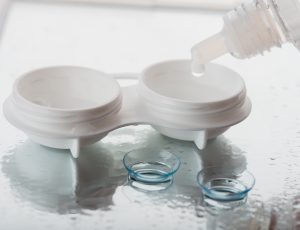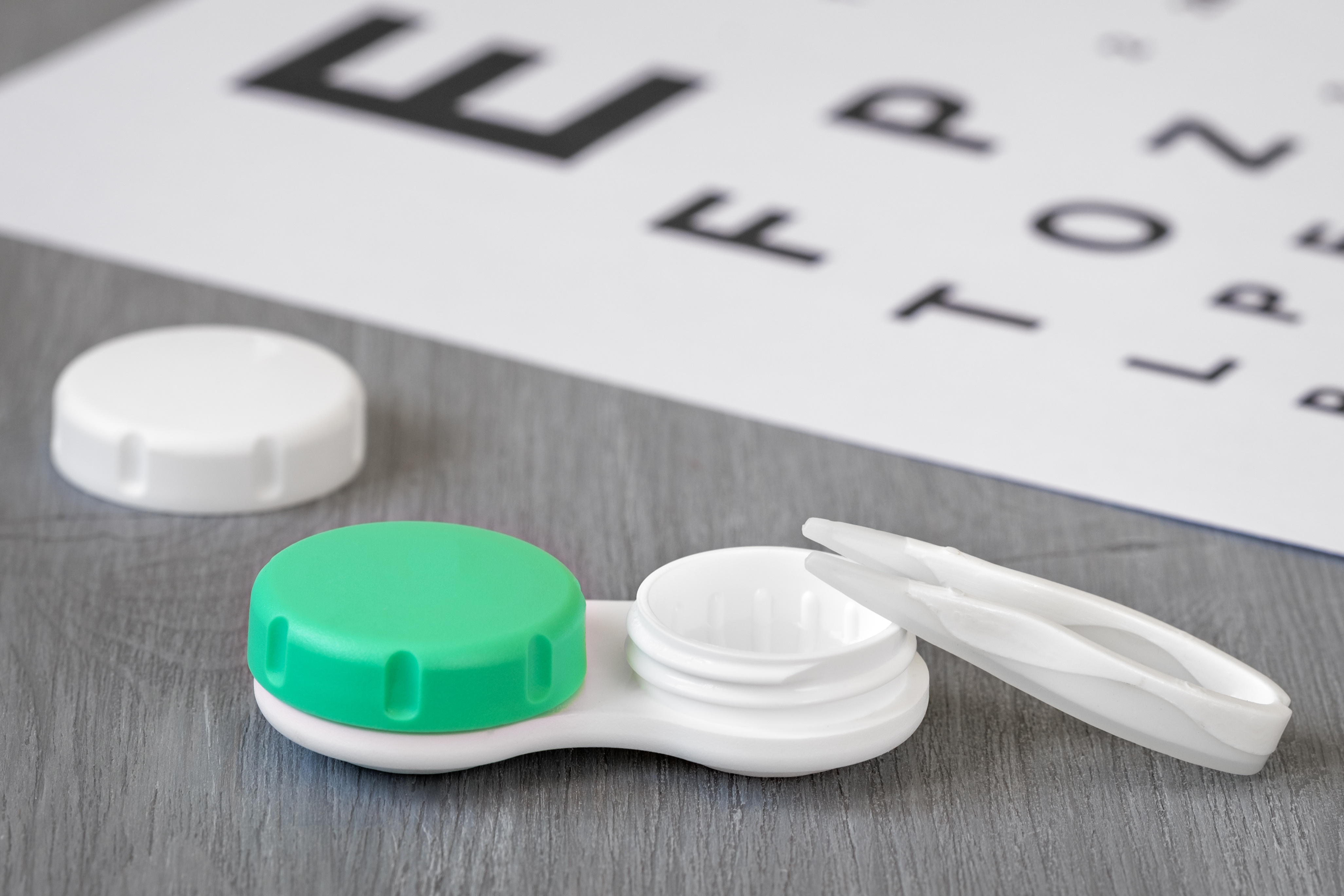Types of Contact Lenses
Are you on the fence on whether to settle for sunglasses or contact lenses? Although the debate on eyeglasses vs contact lenses remains as heated as the choice on whether to keep a cat or a dog, both contact lenses and eyeglasses have pros and cons. So, none is necessarily better than the other. The choice between one over the other depends on your budget, aesthetics, convenience, lifestyle, and comfort.
One upside about contact lenses is that unlike eyeglasses whose frames can obstruct your vision, contact lenses conform to the curvature of your eye, allowing you a natural field of view. Again, since contact lenses won’t get in the way, they are a better option for sports and exercising. But, even with these advantages, contact lenses are not without their downsides. Contact lenses are generally more expensive than eyeglasses. If you have dry or sensitive eyes, contact lenses are more likely to exacerbate the problem. This list is not exhaustive, rather just a highlight that either option has its advantages and disadvantages. If you decide to opt for contact lenses, Eyes in the Village rounds up some types of contact lenses.
PMMA Rigid Contact Lenses
Rigid contact lenses are made from an inflexible or minimally flexible plastic which is commonly used as a substitute for glass in shatterproof windows. This type is dated back in the 1940s when it was first introduced. PMMA lenses were the standard contact lenses before the introduction of the soft lens. Although this type had excellent optics, it’s inability to transmit oxygen to the cornea posed a lot of complications ranging from corneal swelling to warpage. Thanks to science, PMMA lenses were replaced by GP lenses and today, optometrists don’t prescribe them.
Rigid Gas-Permeable (RGP)

Also called GP lenses, this type essentially replaced polymethyl methacrylate (PMMA) contact lenses since their inception in 1978. Unlike PMMA lenses, GP lenses are made of slightly flexible plastics that are porous and allow oxygen to pass through to the eyes. This type also fits closer than conventional hard lenses providing excellent vision. RGP lenses have a relatively long life, correct most vision problems, are comfortable to wear, and are available in tints and bifocals. GP lenses are also available for corneal refractive therapy and myopia control.
GP lenses may, however, take some time before your eyes can adjust hence the need for consistent wear. After the initial adjustment, however, most people report finding them as comfortable as the hydrogel lenses. The other disadvantage of this type compared to other lenses is that they can slip off the center. Also, this type requires more follow-up and care.
Daily-Wear Soft Lenses
These were introduced in the early 1970s also as an alternative to the hard lenses made from PMMA plastic (a material that took weeks to adjust). Soft lenses are made from hydrogels; these are soft, gel-like, plastics that allow oxygen to pass through to the eyes. Soft lenses also conform to the form of the eye making them have a very short adaptation period. In fact, most people say they experienced immediate comfort with hydrogel lenses. Furthermore, soft lenses are more difficult to dislodge when you compare them to GP lenses. They are also available in different tints and bifocals.
The downside of daily-wear soft lenses is that vision may not be as sharp as with GP lenses. Again, this type doesn’t correct all vision problems. Soft lenses wear out quickly and need regular replacement. Like with RGP lenses, hydrogel lenses also require follow-up care so you will need to visit your optometrist regularly. And, as the name suggests, all daily-wear contact lenses must be removed when going to sleep.
Silicone Hydrogel
Both regular hydrogel lenses and silicone hydrogel lenses are made of plastics that are hard but when hydrated, they become soft and gel-like. The latter is more porous than the regular lenses and allows even more oxygen to the cornea. As a fact, all contact lenses cause a reduction in oxygen reaching the front of the eye. Hypoxia is a condition that results from a reduction of oxygen flow to the eye. Red eyes, blurred vision, and a number of eye infections are all symptoms of the condition. Silicone hydrogel lenses were introduced as a measure to decrease hypoxia-related problems.
Contact lenses are classified in either daily wear or extended wear. Either of these types can be available in soft or RGP lenses. As aforementioned, daily wear contact lenses must be removed before getting to bed. Extended wear on the other hand, as the name suggests can be worn throughout the night. For every type of contact lenses, it’s important you follow the optometrist advice on the best care practices.












Hey!! I read your article and even enjoyed reading it. You have explained so well about the types of contact lenses. I usually wear glasses but now I want to switch to lenses but I am a bit confused about which lense would be better for me. Can you please suggest me some lenses.